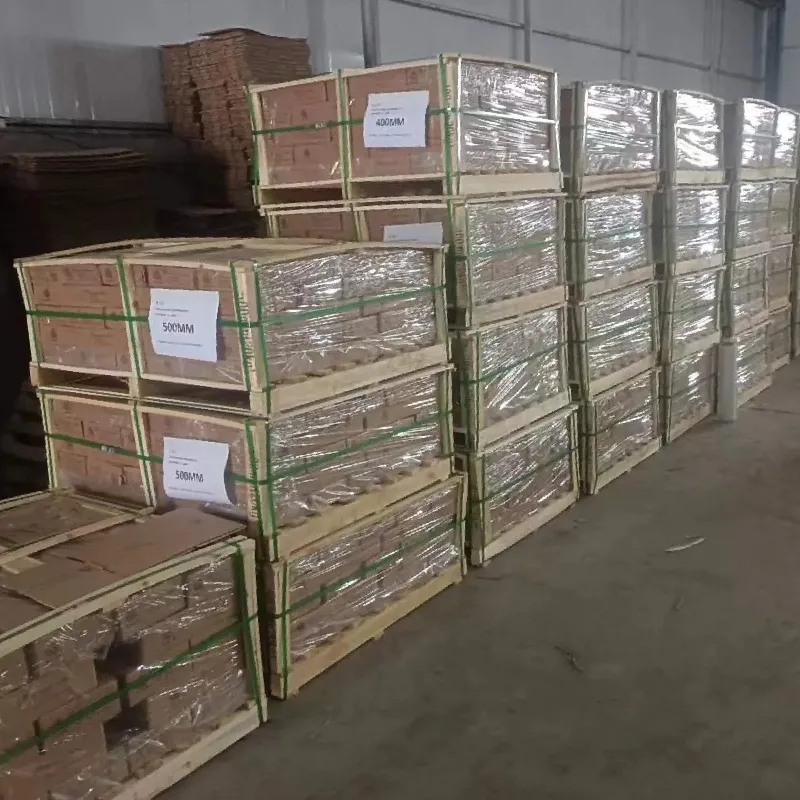ديسمبر . 11, 2024 10:26 Back to list
Top Quality Barbed Wire Production and Innovative Solutions for Security Fencing
The Evolution and Significance of Barbed Wire Manufacturing
Barbed wire, a seemingly simple invention, has played an essential role in shaping agricultural practices, ensuring security, and influencing military strategies over the years. The humble barbed wire manufacturer has contributed significantly to the modern world, facilitating advancements in livestock management, property protection, and even warfare tactics.
The Origins of Barbed Wire
The concept of barbed wire dates back to the mid-19th century. The first patent for barbed wire was issued in 1867 to Lucien B. Smith, an inventor from Ohio. However, it was Joseph Glidden who popularized it in 1874 with his design, which featured two strands of wire with sharp barbs spaced uniformly along the length. This innovation provided a practical fencing solution that was effective, inexpensive, and less labor-intensive than traditional wooden or stone fences.
Barbed Wire Manufacturing Processes
The manufacturing of barbed wire involves several steps, beginning with the selection of high-quality steel to ensure durability and longevity. The manufacturing process typically includes
1. Wire Drawing Raw steel is drawn through a series of dies to produce wire of the desired diameter. This step determines the gauge of the wire, which is crucial for its strength and function.
2. Barb Formation The next phase involves creating the barbs. This is usually achieved through a process called cold forming, where the wire is fed into a machine that shapes the wire into sharp barbs at regular intervals.
3. Twisting After the barbs are formed, the wire strands are twisted together to create the final product. This twisting not only adds strength but also ensures that the barbs remain secure along the wire.
4. Coating To prevent rust and enhance the wire's durability, manufacturers often apply a protective coating. Common coatings include zinc galvanization, which provides corrosion resistance, or polymer coatings, which offer additional protection and aesthetic qualities.
5. Quality Assurance Finally, the finished products undergo rigorous testing to ensure they meet industry standards. This includes checking tensile strength, barb sharpness, and overall durability.
barbed wire manufacturer

The Role of Barbed Wire Manufacturers
Barbed wire manufacturers play a crucial role in many industries. In agriculture, their products enable farmers to manage livestock effectively. Constructing barbed wire fences allows for secure grazing areas, keeping livestock contained and reducing the risk of them straying onto roadways or neighboring properties.
In the security sector, barbed wire is an essential component of fencing for prisons, military bases, and high-security facilities. Manufacturers cater to a wide range of security needs, producing various types of barbed wire, including those designed specifically for deterring trespassers.
Moreover, in historical contexts, barbed wire has been used in warfare, with manufacturers having provided armies with the necessary materials to construct defensive barriers during conflicts. This use has shaped military strategies and tactics over time, showcasing the multifaceted applications of barbed wire.
Environmental Considerations
In recent years, barbed wire manufacturers have begun to address environmental concerns associated with production processes. Sustainable practices are being integrated into manufacturing, such as using recycled materials or reducing waste during production. Additionally, there is a growing demand for eco-friendly coatings that do not harm the environment, reflecting a shift toward more responsible manufacturing practices.
The Future of Barbed Wire Manufacturing
As technology continues to evolve, barbed wire manufacturers are also adapting to meet modern needs. Innovations in manufacturing processes, materials, and designs are leading to stronger, more versatile products. For instance, advancements in materials science are paving the way for lighter-weight wires that maintain strength while being easier to handle and install.
The integration of smart technologies could also revolutionize the industry. Future barbed wire products may incorporate sensors that alert property owners to intrusions or environmental changes, merging traditional fencing with advanced security systems.
Conclusion
The legacy of barbed wire manufacturing is one of innovation and utility. From its inception in the 19th century to its present-day applications, barbed wire remains an indispensable tool across various sectors. As manufacturers continue to evolve and respond to the needs of consumers and the environment, the future of barbed wire promises not only continued relevance but also exciting advancements that will underpin its role in security and agriculture for years to come.
-
Weather Resistance Properties of Quality Roofing Nails
NewsAug.01,2025
-
How Galvanised Iron Mesh Resists Corrosion in Harsh Environments
NewsAug.01,2025
-
Creative Landscaping Uses for PVC Coated Wire Mesh Panels
NewsAug.01,2025
-
Common Wire Nail Dimensions and Their Specific Applications
NewsAug.01,2025
-
Choosing the Right Welded Wire Sheets for Agricultural Fencing
NewsAug.01,2025
-
Anti - Climbing Features of Razor Wire Barriers
NewsAug.01,2025









